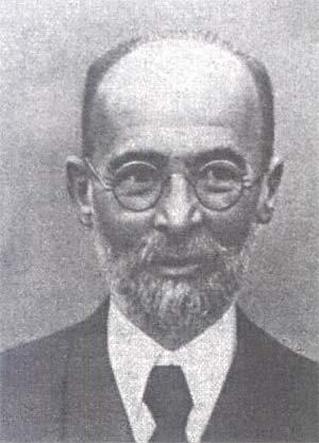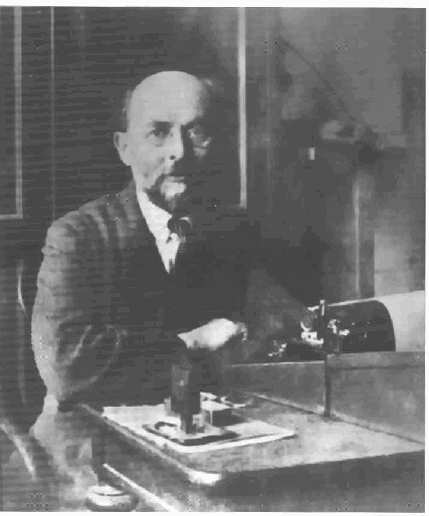|
It was Russian scientist Alexander Gurwich (also: Gurwitsch, Russian, 1874-1954) who created a theory of human bio-field -- biological energy field (1912).
In 1923 he first observed biophotons or ultra-weak biological photon emissions; weak electromagnetic waves which were detected in the ultra-violet range of the spectrum. Gurwitsch named the phenomenon mitogenetic radiation since he believed that this light radiation allowed the morphogenetic field to control embryonic development. His published observations, which related that cell-proliferation of an onion was accelerated by directing these rays down a tube, brought him great attention. In 1953 Irving Langmuir dubbed Gurwitsch's ideas pathological science. However his daughter, Anna, continued his work and, shortly after his death, contributed papers that supported some aspects of her father's work on "mitogenetic" rays. The tenacity of Anna Gurwitsch, together with the development of the photon counter multiplier, resulted in the confirmation of the phenomenon of biophotons in 1962. The observation was duplicated in a western laboratory by Quickenden and Que Hee in 1974. In the same year Dr. V.P.Kazmacheyev announced that his research team in Novosibirsk had detected intercellular communication by means of these rays. Fritz-Albert Popp claims they exhibit coherent patterns. The influence of Gurvitch's theory is particularly evident upon the work of the plant physiologist Dr. Rupert Sheldrake. |
|
Гурвич А. Г. О понятии эмбриональных полей. − 1922
Гурвич А. Г., Гурвич Л. Д. Митогенетический анализ биологии раковой клетки. − Всесоюз. ин-т эксперимент. медицины. − М.: Изд-во ВИЭМ, 1937. 79 с. Гурвич А.Г. Теория биологического поля. – М.: Советская наука, 1944, 155 с. Гурвич А.Г., Гурвич Л.Д. Введение в учение о митогенезе. − АН СССР. Ин-т экспериментальной биологии. − М.: Изд-во АМН СССР, 1948. 115 с. Гурвич А.Г., Проблема митогенетического излучения как аспект молекулярной биологии. − Л.: 1968, 240 с.re to edit. |



